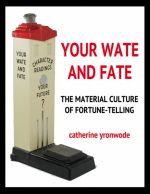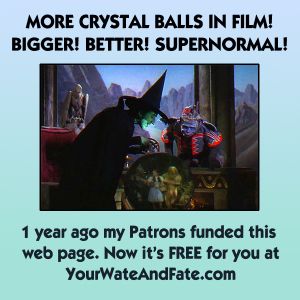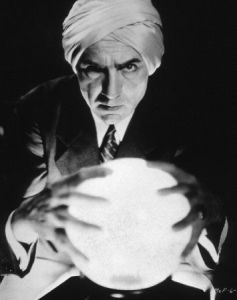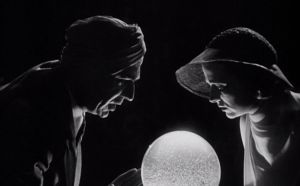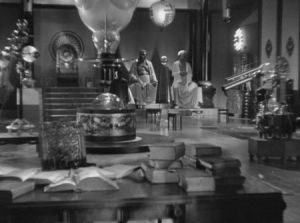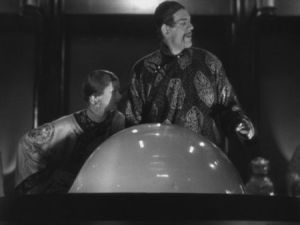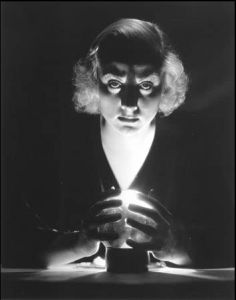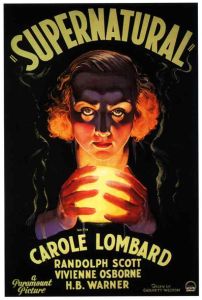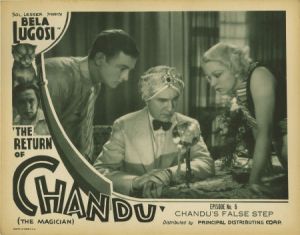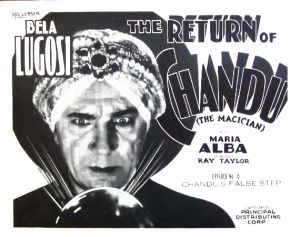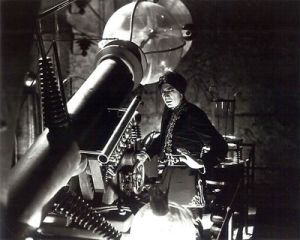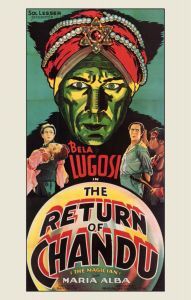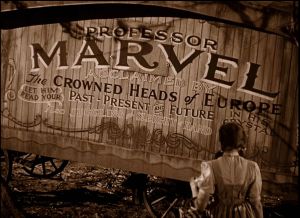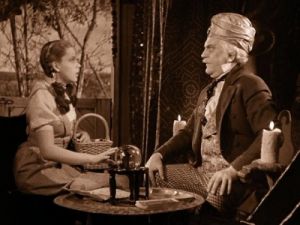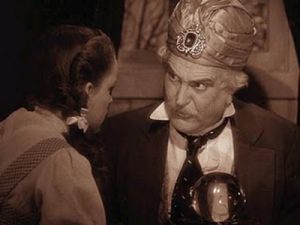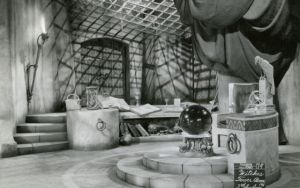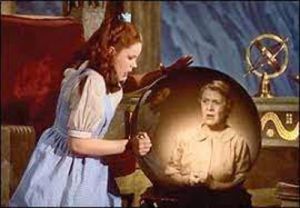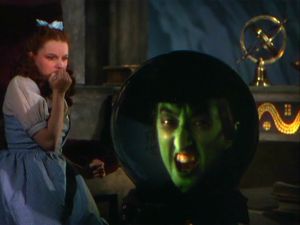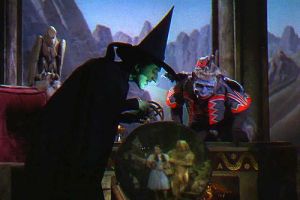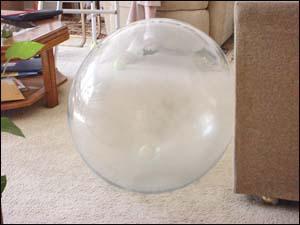Crystal Balls in Film 2
My Patreon supporters paid for this page and had access to it one full year before the public did.
- Patreon Release Date: March 28th, 2023.
- Public Release Date: March 28th, 2023.
Please tell your friends that they can subscribe to my Patreon stream for $2.00 per week:
Patrons: To discuss this and other Patreon pages with me, join my private Patreon Forum:
Support Your Wate and Fate
All of the material you have access to here -- the instructive booklets, the nostalgic postcards, the boldly graphic ephemera, and all of the historical information researched and shared from the mind of the woman who is making it all happen -- can easily fit into one 8 x 10 foot room in an old Victorian farmhouse, but you would never see it without the investment of the time it takes to produce such a site and the caloric input such a site requires in the form of food for the writer, graphic designer, and database manager, as well as the US currency needed to pay for the computers, software applications, scanners, electricity, and internet connectivity that bring it out of that little room and into the world.
So, as you can see, this site is the darling of many, and it is growing at a rapid rate ... but although it is "free," there also is a cost. The financial support of my Patreon subscribers -- my Patrons -- underwrites this cost.
Crystal Balls in Film Part Two
When considering how the subject of fortune telling is handled in cinema, one is immediately hit with the typical screenwriters' generally agnostic or atheistic attitude toward any form of spirituality or folk belief beyond extreme deference to Christianity (often in the form of Catholic devotionalism). Once the self-imposed set of film industry guidelines known as the Hays Code was instituted in 1934, not only was sexuality suppressed in cinema, but, with a few exceptions, actors from all ethnic minority cultures -- Jews, Blacks, Asians, Native Americans -- were mostly eliminated from leading roles and reduced to small comedy bits or set pieces as villains or victims. Fortune tellers underwent the same deprecation, and in very few post-Code films are the psychics truly psychic.
During the Hays Code era, from 1934 to 1968, fortune tellers were generally portrayed as comedic bumblers, scamming fraudsters, or wicked villains -- or a combination thereof. One favoured trope was the fraudulent fortune teller who is surprised when a prediction actually comes true. Another stereotype was the fraudulent fortune teller who reforms in order to find love, or dies in the attempt. A third styling featured the evil "exotic" fortune teller, often Romani or Asian, who manipulates clients for monetary gain. A fourth concept was the wise elder who dons a costume and poses as a fortune teller in order to convey information to younger people in order to improve their lives.
In addition to the cultural biases against fortune telling that permeated early to mid 20th century cinema, the portrayal of psychic readers faced another considerable barrier as a subject for film -- one that is a ludicrous byproduct of the filmic art itself: The tools of fortune telling are too small to film well! This sounds so silly, but think about it: cartomancy, palmistry, horoscopy, tasseomancy, dice reading, domino reading, and crystal gazing are table-top activities, and their tools generally fill a space from two inches square, for a small crystal ball, to the size of a sheet of letter or legal paper, for a horoscope.
What this means in terms of cinematic staging is that a wide view of a room will not disclose the presence of these divination tools, and only in a close-up will the audience perceive them. But even then, how will uninformed viewers interpret the images? Will a tarot card of the Page of Pentacles be meaningful? How about the lines on the palm of an actor's hand (and what if the actor's palm lines do not correspond to the nature of the character he is playing)? Can the roll of three dice, even in close-up, be emotionally significant to a film-goer who knows nothing about [:Category:Dice Reading|dice-reading]]? The answer is "No." Of all the popular methods of divining, only [:Category:Astrology|astrology]] looks good when blown up to the size of a wall chart, even though a horoscope is little more than window-dressing to anyone but an [:Category:Astrology|astrologer]]. As for crystal balls -- they are simply too small, too reflective, and too clear to make an impact.
These problems were solved in various ways for various forms of fortune telling in cinema -- but for crystal balls, one solution was obvious: BIGGER BALLS.
1934: "The Return of Chandu (The Magician)" starring Bela Lugosi and Maria Alba. Bela Lugosi as Frank Chandler (Chandu) charges up his giant crystal ball machine. This is said to have been the same large crystal ball prop seen in "The Wizard of Oz" from 1939.
Black and white publicity still.
Genre: Fantasy.
In an earlier episode on Crystal Balls in Art, which i titled Lovely Ladies and Their Little Balls, i presented gallery and commercial art that featured women holding small crystal spheres, ranging in size from 2" finger balls to 3" palm balls. Although small balls sometimes appear in film, they are more likely to be placed on a stalk-like stand than to be held in the hand. Far more common in cinema, however, are 4" and 5" table balls, placed in carved wooden stands.
1939: "The Wizard of Oz," starring Judy Garland and Frank Morgan. Dorothy Gale (Garland) approaches the travelling abode of Professor Marvel, which reads "Professor Marvel, Acclaimed by the Crowned Heads of Europe; Let Him Read Your Past - Present and Future in His Crystal; Also Juggling and Sleight of Hand."
Sepia tone publicity still.
Genre: Fantasy.1939: "The Wizard of Oz," starring Judy Garland and Frank Morgan. Judy Garland as Dorothy consults Professor Marvel with his crystal ball. This small sphere prefigures the large one used by the Wicked Witch of the West and also the spherical bulk of Marvel's hot air balloon.
Sepia tone publicity still.
Genre: Fantasy.
But, as the Nobel-Prize-winning ethologist Nikolaas Tinbergen demonstrated, we are all influenced why what T. N. C. Vidya calls "the curious phenomenon of exaggerated responses to supernormal stimuli in animals." Briefly put, in the mid-20th century, Tinbergen discovered a previously unexamined feature common to virtually all animal species, namely,the preference for "supernormal stimuli," that is, objects that are larger, more vividly coloured, more highly flavoured, or more strongly scented than the natural counterparts with which the animals have had a millennias-old co-evolutionary relationship. In birds, such as the Oystercatchers and Herring Gulls that Tinbergen studied, this preference led to the females abandoning their own fertilized eggs in favour of larger artificial eggs with distinct speckling. After abandoning their own smaller and drabber eggs, they would attempt to sit upon artificial eggs so large they could not brood them, wasting an entire nesting season trying to hatch the supernormal eggs, resulting in no babies at all. It is this same preference for the supernormal that leads humans to prefer highly seasoned and super-sized fast food, and to prefer plastic-surgery-enhanced porn models to natural mates.
But, returning to crystal balls: Hollywood, the ever-ready provider of tall men, big-busted women, and extra-large cartons of popcorn, could not resist super-sizing the crystal balls in the movies. 5" optical glass balls were used for table-top scenes featuring an intimate couple or a reader-client pairing, but more highly favoured were hollow glass spheres filled with swirling smoke. The smoke mechanism was placed under the table upon which the faux crystal ball rested on a circular wooden base, and a light bulb shone from below to highlight the smoke trails and cast eerie up-lighting on the fortune teller.
But of course, like Tinbergen's Oystercatchers and Herring Gulls, there was always a larger crystal ball to be had -- and by 1932's "The Mask of Fu Manchu," starring Boris Karloff, the supersized hollow sphere made its debut. 1934 brought us "The Return of Chandu," starring Bela Lugosi, and a series of balls ever larger, until one of them becomes part of a complex machine that dwarfs its creator.
The apotheosis of the ginormous crystal ball came in 1939, with "The Wizard of Oz," starring Judy Garland as Dorothy Gale and Frank Morgan in the title role as both Professor Marvel and the Wizard. Beginning his journey in Kansas, the Professor has a very nice table-top crystal, but once the Land of Oz is entered, the crystal becomes a smoke--filled light-source, and is then put to double use as the Wicked Witch of the West, played by Margaret Hamilton, uses it to spy on Dorothy, while Dorothy uses it to cast a nostalgic glance at her Aunt Em, played by Clara Blandick. Remarkably, this prop, long thought lost, was found in a Hollywood junkyard and is now a treasured relic reminding us of the days when crystal balls were almost as large as the hot air balloon that The Wizard uses to return to Kansas, where he resumes his workaday life as Professor Marvel, who will "Read Your Past - Present and Future in His Crystal."
See Also
Lovely Ladies and Their Little Balls
To Discuss This Patreon Page
This Patreon Bonus Page is part of the series titled "Your Wate and Fate." To discuss it with me and the Patreon community, please visit our Private Patreon Forum at
http://forum.luckymojo.com/your-wate-and-fate-t93995.html
Thank you.
catherine yronwode
curator, historian, and docent
Your Wate and Fate
Special thanks to my dear husband and creative partner nagasiva yronwode for illustrations, scans, and clean-ups.
